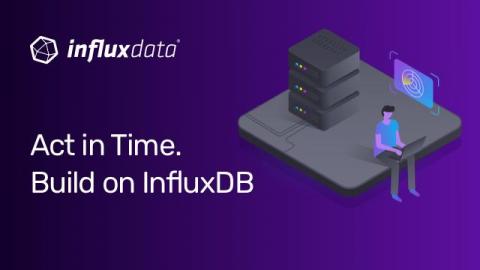Operations | Monitoring | ITSM | DevOps | Cloud
Analytics
Leverage Correlation Analysis to Address the Challenges of Digital Payments
In the first four parts of our series on correlation analysis, we discussed the importance of this capability in root cause analysis in a number of business use cases, and then specifically in the context of promotional marketing, telco and algorithmic trading. In this blog we walk through how to leverage correlation analysis to address the challenges in ensuring a seamless online payment experience by the end-user.
The 3 C's of sales analytics
When I started as a data engineer almost 20 years ago, I designed, developed, and implemented a worldwide sales reporting system for my employer using an enterprise data warehouse. Using analytical packages, my team drove quantifiable sales by transforming the way our company leveraged data. Even at the start of the millennium, it seemed obvious that studying analytics was a game-changer.
Transforming customer self-service with User Experience Analytics
We all want fast access to the information we need, when we need it. With a few simple clicks, we expect our questions to be answered and our problems to be solved. We want to be empowered to solve problems on our own, intuitively, and without friction. We expect seamless, quick, and easy self-service. According to a Gartner® report, 85% of customer service interactions will start with self-service by 2022, up from 48% in 2019.1.
Hard-to-find data is a key threat to digital transformation
CIOs can finally claim victory in information hide-and-seek with help of AI-powered search technology Why do companies still struggle to respond to a service complaint, recommend a product, or connect employees with the data they need to make critical decisions? These tasks are critical to retaining customers and engaging workers in a competitive marketplace, yet each relies on finding the right information, and that’s no easy feat.
Announcing Aiven for OpenSearch
The data-driven organization is within reach - if CIOs can tap the power of cloud
Most companies don’t really put their data to work. These strategies can enable IT leaders to maximize value of cloud investments and drive business growth The amount of data businesses store in the cloud is growing 33% per year. Yet more than two-thirds of that information is never used. This failure is undermining CIOs in critical ways.
TL;DR InfluxDB Tech Tips: Multiple Aggregations with yield() in Flux
The yield() function determines which table inputs should be returned in a Flux script. The yield() function also assigns a name to the output of a Flux query. The name is stored in the default annotation. For example, if we query the following table: Without the yield function: The following Annotated CSV output is returned. Notice the default annotation is set to _results by default. Now if we add the yield() function: The following Annotated CSV output is returned.
How Dynamics 365 Business Central Accelerates Business Transformation?
What Are the Limitations of Dashboards?
For modern businesses faced with increasing volumes and complexity of data, it’s no longer efficient or feasible to rely on analyzing data in BI dashboards. Traditional dashboards are great at providing business leaders with insights into what’s happened in the past, but what if they need actionable information in real time? What if they want to use their data to estimate what may happen in the future? Companies are taking notice.









